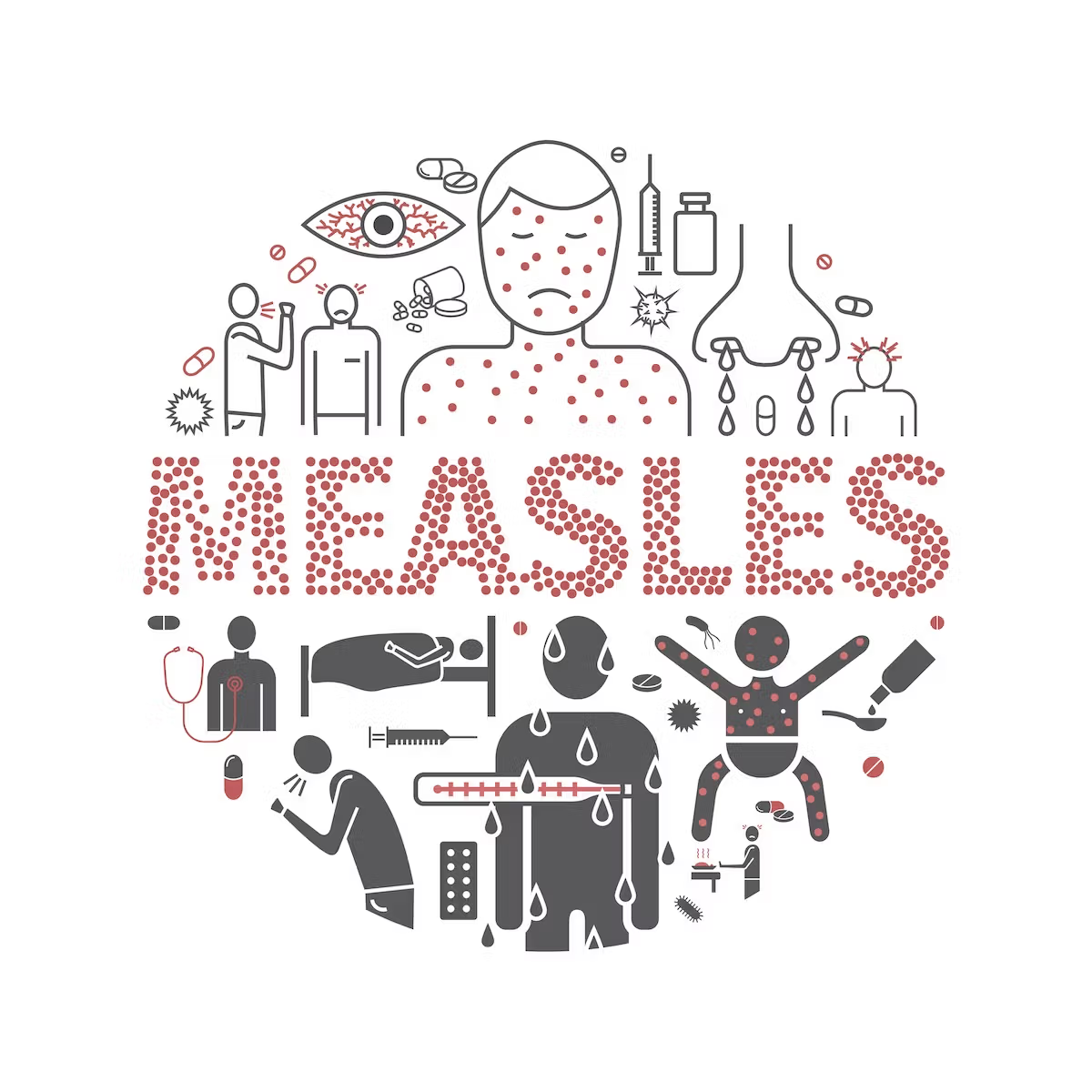Article
How to make vaccinations work for your practice
Author(s):
Vaccines can sometimes be a drain on practices. Mistakes in ordering, storing, or billing for vaccines can lead to losses. Here’s how to avoid these traps.

Vaccines are a key component of preventive medicine, but business mistakes and patient-specific issues can lead to losses that can cost a medical practice dearly.
Here’s some tips from the experts on how to optimize your practice’s vaccine program and work with patients with special challenges.
Patient-specific challenges and payment
“Vaccines are one of the most important services we offer,” says Will Cooke, MD, who founded and serves as family physician at Foundations Family Medicine in Austin, Ind.
The practice serves a particularly high population of patients with immunosuppressed diseases, like HIV, and has worked hard to meet the vaccination needs of these patients, as well as chronically ill patients throughout the community that have difficulty receiving medical care.
The practice utilizes a variety of public programs to assist patients who are unable to pay for preventive care services, and Cooke also recommends a company called VaxCare, which supplies free vaccines to patients with private insurance and then pays the medical practice to administer those vaccines. Cooke said he also uses an insurance navigator where adults who need insurance can sign up and often receive presumptive insurance coverage the same day so they can be immunized right then and there without an additional trip back to the practice.
Regardless of the patient’s status, Cooke said it’s important to never miss a vaccination assessment.
“We offer flu shots to anyone who comes in for an appointment, because that’s the best way to prevent illness and not further exacerbate sickness in chronically ill patients,” Cooke said.
Appoint a champion
Even when patient problems are overcome, however, there are a lot of business-oriented challenges to running a successful vaccine program. One of the keys is to appoint a practice champion, according to guidance from the American Academy of Family Physicians (AAFP).
With so many changes, updates, new recommendations, and novel research, it’s helpful to have one person in charge of collecting this data and disseminating important information through the practice.
Select and immunization coordinator
Some vaccinations are administered all year, but there comes a time-we’re looking at you, autumn-when vaccinations ramp up and practices get busy. Choosing an immunization coordinator to appoint a location and establish a workflow can be extremely helpful, according to guidance from AAFP.
Purchasing vaccines
Much like a large purchase at home, it’s important to shop around when it comes to finding the best vaccine prices. AAFP recommends searching various web sites, cooperative purchasing programs, and non-profit programs for the best deals. AAFP also offers a list of vaccine suppliers, which can be particularly useful when the market gets a little strained. There is also benefit sometimes to ordering directly from manufacturers, rather than from a resupplier. The key is to start ordering seasonal vaccines like the flu vaccine in the spring, AAFP suggests.
Storing vaccines
Practices also don’t want anything to happen to their supply that could impact its clinical use or efficacy, so storage of vaccines is an important consideration, according to AAFP. Proper storage and temperatures is crucial, and some vaccines must be frozen. AAFP offers the following suggestions for successful storage:
• Designate a specific refrigerator or freezer compartment with its own exterior door for vaccine storage.
• Do not keep any vaccines in food refrigerators.
• Avoid small, dormitory-style refrigerators with freezer compartments. These do not offer temperatures that are reliable enough for vaccine storage.
• If transporting a vaccine is necessary, use insulated containers with a cold source and a thermometer.
• Monitor and record the temperature in the area where vaccines are stored twice daily.
• In event of a power outage or equipment failure, mark the affected vaccines, their temperature at the time of the outage, the estimated time out of storage range, and move them to a working unit as soon as possible. Vaccine manufacturers can be contacted at that time and offer guidance on whether the vaccine is still viable or must be discarded.
Coding correctly
Finally, be sure your practice is getting its due when it comes to reimbursement. The key here is in correct coding and billing. According to the AAFP, it important to be sure to bill for the vaccine itself using a Current Procedural Terminology (CPT) code, then to add a diagnosis code, such as a code expressing the need for prophylactic vaccination. Next, most insurance companies are requiring a National Drug Code along with the CPT code to identify the specific type of immunization that was given. Lastly, AAFP said its important to bill for the immunization administration. AAFP offers additional resources for coding, including a Vaccine Coding Table, and seasonal coding information.





